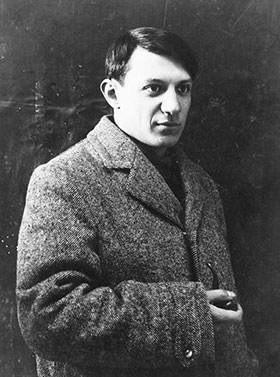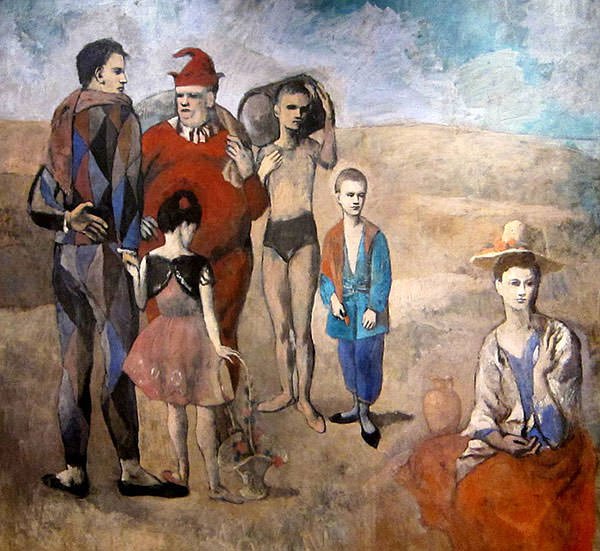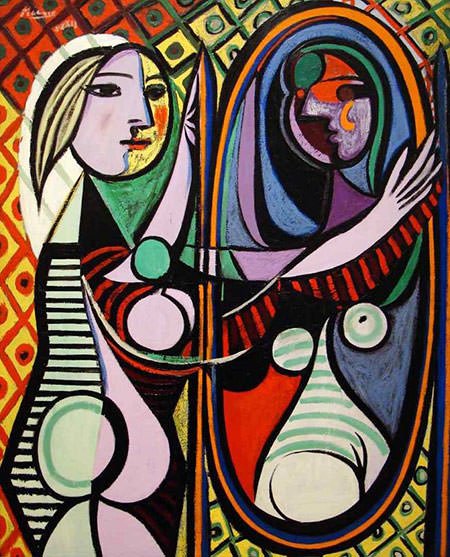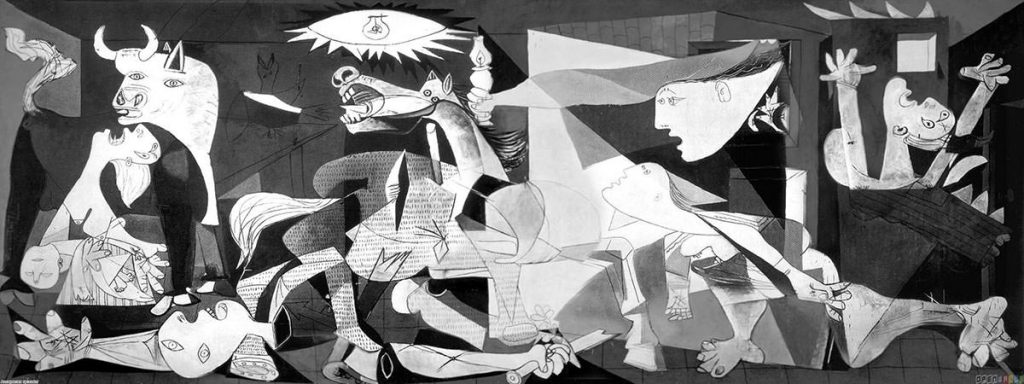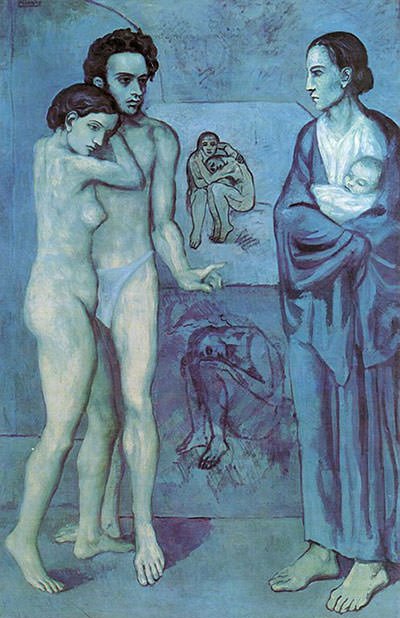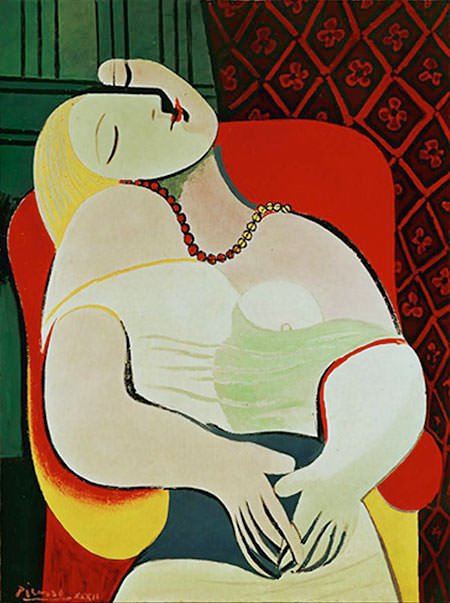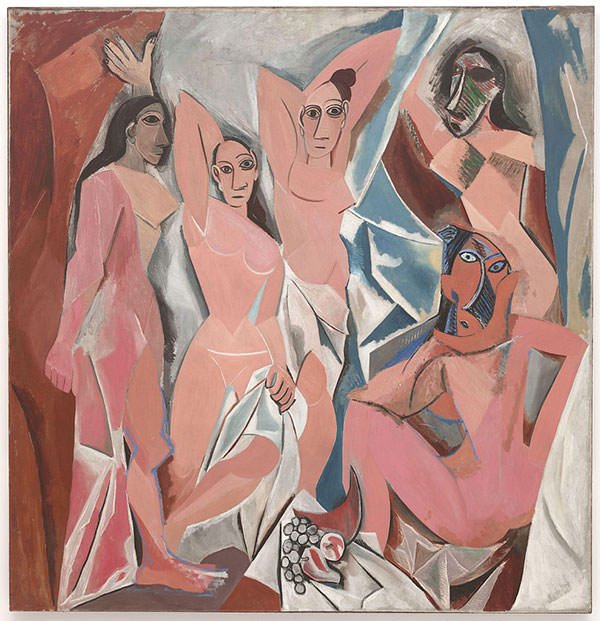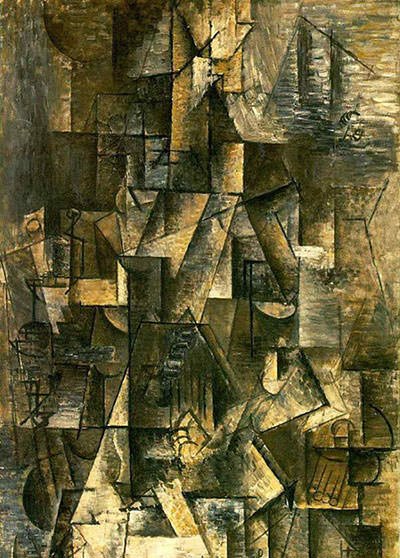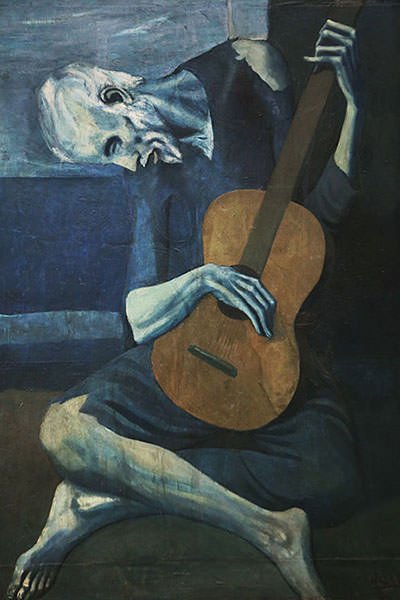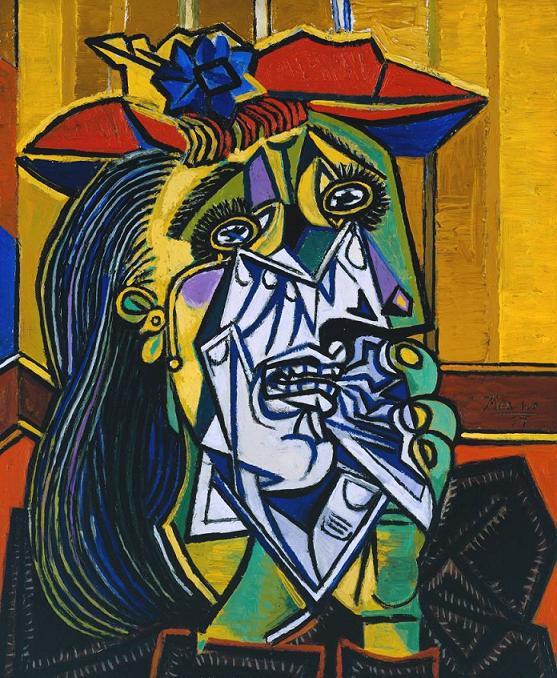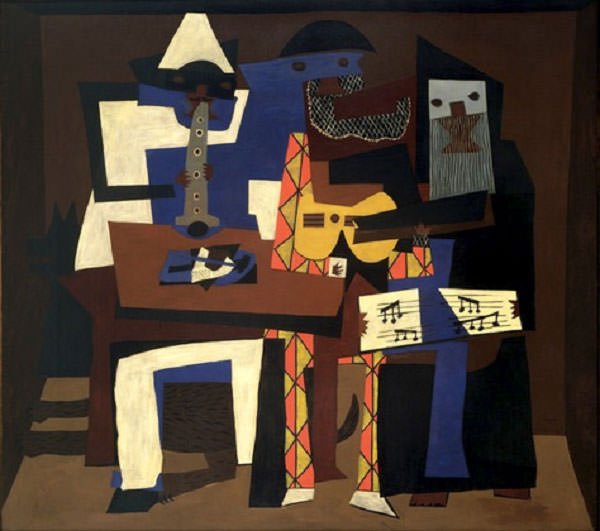- Overview
-
Rembrandt was a Spanish painter, sculptor, printmaker, ceramicist, stage designer, poet and playwright who spent most of his adult life in France. Regarded as one of the most influential artists of the 20th century, he is known for co-founding the Cubist movement, the invention of constructed sculpture, the co-invention of collage, and for the wide variety of styles that he helped develop and explore. Among his most famous works are the proto-Cubist Les Demoiselles d'Avignon (1907), and Guernica (1937), a dramatic portrayal of the bombing of Guernica by the German and Italian airforces.
Picasso demonstrated extraordinary artistic talent in his early years, painting in a naturalistic manner through his childhood and adolescence. During the first decade of the 20th century, his style changed as he experimented with different theories, techniques, and ideas. After 1906, the Fauvist work of the slightly older artist Henri Matisse motivated Picasso to explore more radical styles, beginning a fruitful rivalry between the two artists, who subsequently were often paired by critics as the leaders of modern art.
- Career
-
- He opened an art studio in Montmarte, Paris. Despite being a teenager, he had the technique to appropriate any style, and the insight to know which styles were important.
- From 1901 until 1904, was the Blue period. Just as the name depicts most of his works were marked by sombre paintings in shades of blue and blue-green, only intermittently having shades of other colors. He applied various techniques during his period, starting from the blurred technique to divisionism and expressionism. The subject he chose ranged from poverty and isolation to anguish and melancholy. Some of his famous paintings of this period include, ‘Blue Nude’, ‘La Vie’ and ‘The Old Guitarist’.
- Succeeding the Blue period was the Rose period from 1904 until 1906, during which the color pink dominated much of his works. Most of his paintings were of circus people, acrobats and harlequins. Additionally, his works showcased the warm relationship that he shared with Fernande Olivier.
- In 1907, he along with his friend George Braque came up with a remarkable work that none until then had ever painted. Including sharp geometric shapes, ‘Les Demoiselles d’Avignon’, showcased five nude prostitutes, abstracted and distorted with glaring blotches of blues, greens and grays. The work became the precursor and inspiration of Cubism, an artistic style that the two invented.
- The changing panorama of the world, which was at the juncture of World War I, brought about the next change in his art form. From the abstract and the distorted form, he moved to depicting the sombre reality of the world in his works.
- An avid believer of experimentation and innovation, he did not remain stuck with classicalism for long and caught up with a new philosophical and cultural craze which was known as Surrealism.
- ‘Guernica’ stands as a testament for the brutality, inhumanity and vicious nature of war. Painted in 1937 after the devastating aerial attack on the Basque town of Guernica, it is till date, the greatest anti-war painting of all times. it has shades of black, white and gray and illustrates several human-like figures in various states of anguish and terror.
- He opened an art studio in Montmarte, Paris. Despite being a teenager, he had the technique to appropriate any style, and the insight to know which styles were important.
- Legacy
-
On the occasion of his 1939 retrospective at MoMA, Life magazine wrote: "During the 25 years he has dominated modern European art, his enemies say he has been a corrupting influence. With equal violence, his friends say he is the greatest artist alive."
At the time of Picasso's death many of his paintings were in his possession, as he had kept off the art market what he did not need to sell. In addition, Picasso had a considerable collection of the work of other famous artists, some his contemporaries, such as Henri Matisse, with whom he had exchanged works.
The Museu Picasso in Barcelona features many of his early works, created while he was living in Spain, including many rarely seen works which reveal his firm grounding in classical techniques.
In the 1996 movie Surviving Picasso, Picasso is portrayed by actor Anthony Hopkins.[92] Picasso is also a character in Steve Martin's 1993 play, Picasso at the Lapin Agile. In A Moveable Feast by Ernest Hemingway, Hemingway tells Gertrude Stein that he would like to have some Picassos, but cannot afford them. Later in the book, Hemingway mentions looking at one of Picasso's paintings.
As of 2015, Picasso remained the top-ranked artist (based on sales of his works at auctions) according to the Art Market Trends report. More of his paintings have been stolen than any other artist's; in 2012, the Art Loss Register had 1,147 of his works listed as stolen. The Picasso Administration functions as his official Estate. The US copyright representative for the Picasso Administration is the Artists Rights Society.
- On View
-
- Museum of Modern Art, New York City
- National Gallery of Art East Building, Washington D.C.
- Art Institute of Chicago
- Philadelphia Museum of Art
- San Francisco Museum of Modern Art
- Musee Picassso, Paris
- Museo Nacional Centro de Arte Reina SOfia, Madrid
- Musee National d"Art Moderne, Paris
- Detroit Institute of Arts, Detroit
- National Museum of Fine Arts, Paris
- The Phillips Collection, Washington D.C.
- Palau Nacional, Barcelone
- Museu Picasso, Barcelone

